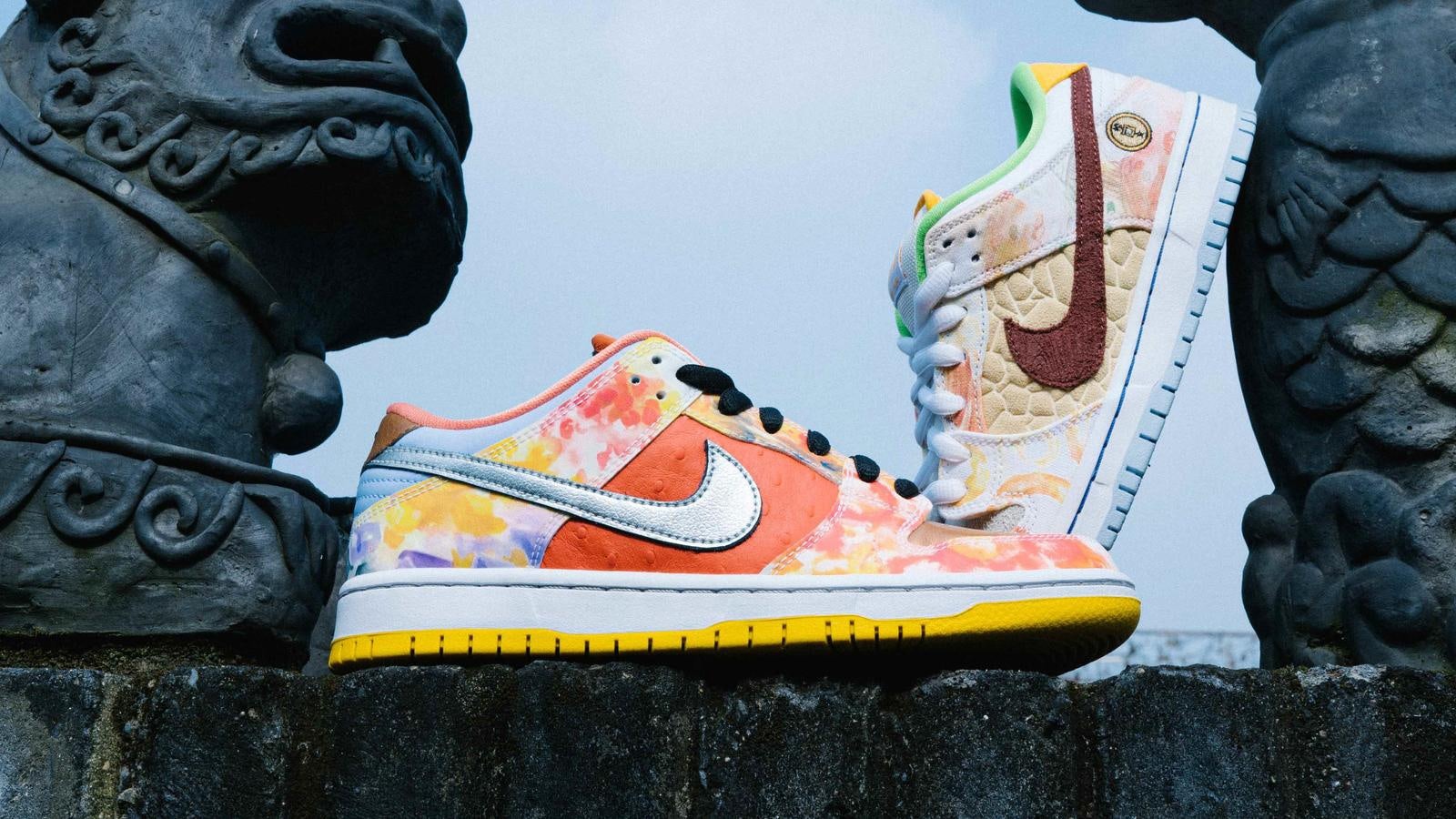What happened
NIKE, Inc. reported financial results for its fiscal 2021 fourth quarter and the full year ending May 31, 2021.
According to the report, fourth-quarter reported revenues were 12.3 billion, up 96 percent compared to the prior year and increasing 21 percent over the same period in 2019. For the year ending May 31, 2021, Nike reported revenues growing by 19 percent to 44.5 billion.
Nike delivered record results thanks to high revenues in the North American market. But in Greater China, sales only grew by 17 percent, although China has been among Nike’s top markets. The BBC emphasizes that revenues from China grew to more than 1.9 billion, but they missed Wall Street expectations of 2.2 billion.
The Jing Take
Investors know they need to read between the lines and understand that, despite Nike’s strong growth curve, the latest financial results reveal troubles in China.
While Nike built positive momentum on fantastic results in the North American market amid a global demand surge for comfy clothes, these results do not reflect the realities of the Chinese market.
In the US, Nike is a national symbol that is associated with the likes of Colin Kaepernick. Athleisure also continues to see vigorous growth because consumers are still seeking comfortable clothes (not having fully returned to their pre-pandemic ways). However, this is a temporary change, and Nike must adapt its business to a post-COVID-19 reality.
Meanwhile, Nike shouldn’t underestimate the impact of consumer boycotts in China. Nike chief executive John Donahoe said, “Nike is a brand that is of China and for China.” But Chinese consumers expect more than words from their brands, and actions speak louder than comments from executives.
While Donahoe might see Nike as a brand “for China,” local consumers might continue to boycott the American brand based on its stance on Xinjiang cotton. He emphasized that Nike has a four-decade history in China, saying, “Phil [Knight] invested significant time and energy in China in the early days, and today, we're the largest sports brand there.”
Donahoe is correct in this statement, but he fails to acknowledge that, back then, Nike didn’t have to fight off competition from strong domestic rivals like Anta Sports and Li-Ning. In fact, times have changed. In the past, Nike managed to build a global social-purpose strategy and steer clear of controversial matters in China. However, that does not appear to be the case today.
The Jing Take reports on a piece of the leading news and presents our editorial team’s analysis of the key implications for the luxury industry. In the recurring column, we analyze everything from product drops and mergers to heated debate sprouting on Chinese social media.

